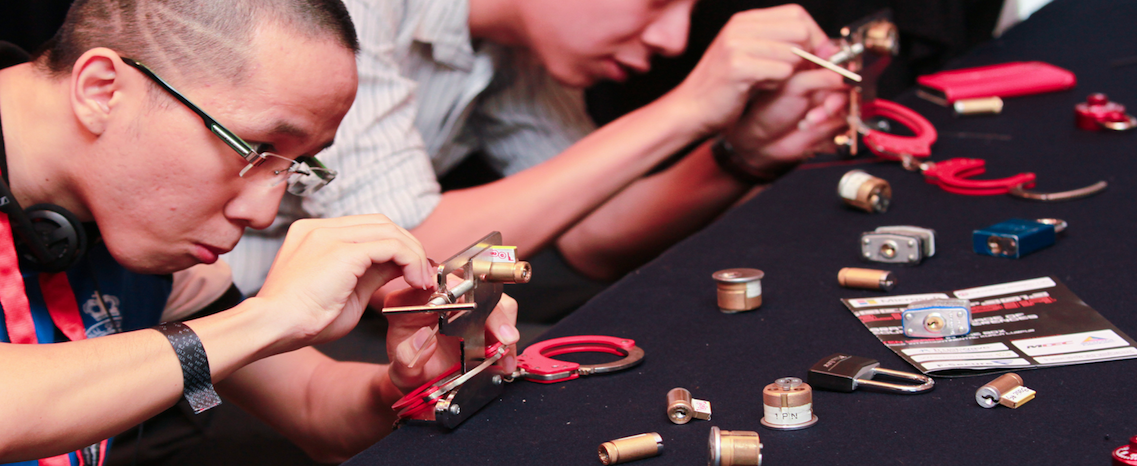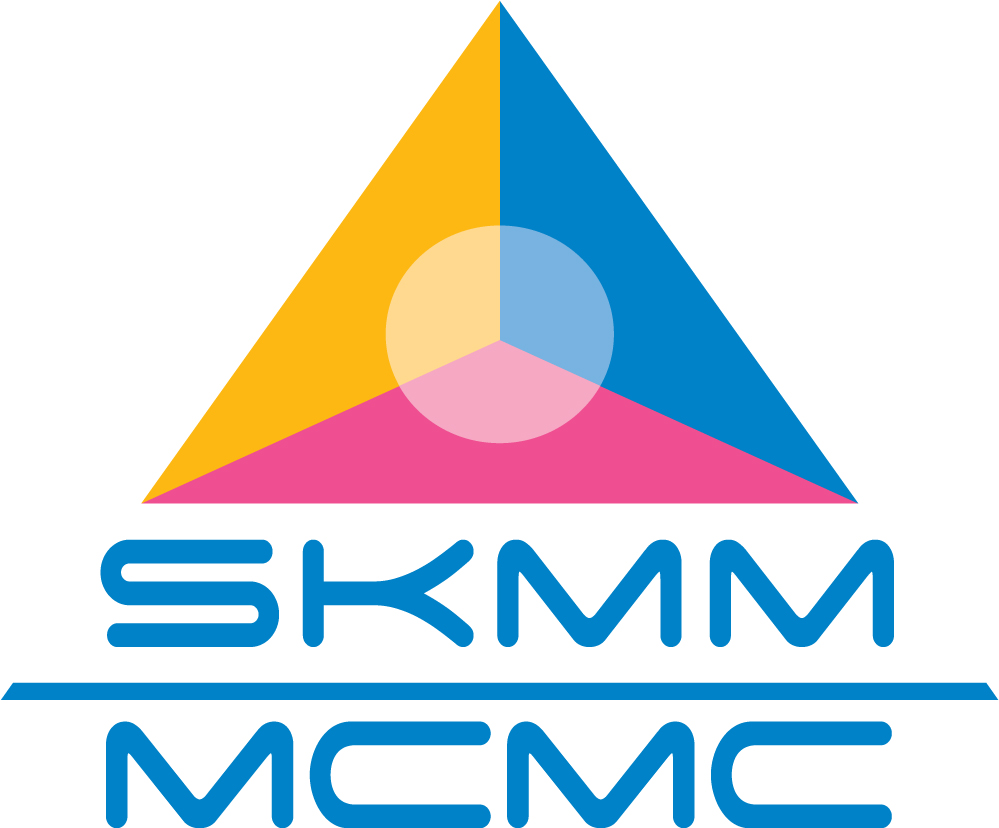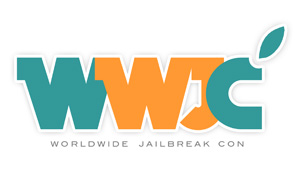TECH TRAINING 5 – BLACKBELT PENETRATION TESTING
TRAINERS: Shariman Samsudin (Senior Security Consultant, SCAN Associates Bhd.) & Aalim Rozli (Senior Consultant, BAE System Detica) |
CAPACITY: 25 pax |
SEATS LEFT: 18
|
DURATION: 2 days (14th & 15th October 2013) |
COST (per pax): MYR4999 (early bird) / MYR5999 (non early-bird) |
________________
OVERVIEW
Penetration Testing is considered as a method to simulate how a real attacker/hacker can penetrated into your system.
Various documents and standards can be found on the Net on the way to do it. But over years the penetratin testing industries have dwindled into a dogma where pentest is equal to (Get IP – Run Scanners – Results). As a result, most companies were under the delusion that whatever results came from those tools must be correct and accept as it is. In this class we will perform what a real attacker might do – hack to the max.
In the beginning of the class, students will be given a task (within a limited time) to perform Penetration Testing on a few servers (linux based + windows based) with several objectives. From there there will be a series of discussion between students and trainers on how to complete those objective. Students will also learn how to leverage information obtained from vulnerability scanners and combining it with Exploitation Framework such as Metasploit. We will also learn how to bypass few access control in order to penetrate into a system such as firewall and antivirus. Password hashes dumping doesn’t work on Win2008 ?no problem!! At the end of the class we will setup a mini CTF (Jeopardy Style) Challenge where students will compete each other and helps them to evaluate their improved skills to help them further on in their career.
WHO SHOULD ATTEND
-
Security consultants
-
Developers
-
QA testers
-
System administrators
-
IT managers
-
System architects
-
Scr1pt Kiddies who wish to level up
KEY LEARNING OBJECTIVES
-
Organizing a Pentest Project.
-
Information Gathering Techniques
-
Network Vulnerability Scanning.
-
Vulnerability Exploitation Techniques
-
Privileged Escalation Techniques
-
Advanced Password Hash Dumping Technique and Cracking
-
Bypassing Firewall and Antivirus Technique
-
Client Side Attack via Malicious Java and PDF.
-
Introduction to Network Pivoting (Proxying a vulnerability)
COURSE AGENDA
DAY 1 (MORNING)
Student setup
Setup Backtrack/Kali(in VMWARE)
Setup Network Connectivity
Server 0wning session
Discussion on vulnerabilities found
Steps on Exploiting those vulnerabilities.
Recaps on Pentest
Type of Pentest
Covert
Non-covert channel
Surface of Pentest
System/Internal Level
Web Application Level
Trends of Attack
DAY 1 (AFTERNOON)
Information Gathering
Netcraft – Server uptime/downtime
Shodan – Network Device hacking / Shodan premium acccess
Google Hack.
Vulnerability Scanning
Nmap
Zenmap
Nmap Scripting
Netcat via Ncat
Create arbitary TCP Connection for persistency.
Nessus Scanning
Discussing Nessus Features and Limitation
Perform Scanning with Nessus
DAY 2 (MORNING)
Metasploit Framework Toolkit (msfconsole)
Metasploit Philosphy
Integration of Exploit Framework.
Metasploit basic control
Exploits
Payloads
Auxiliary
Post Exploitaion
Data extilfiltration
Persistence backdoor connection
Installing openssh (For Windows Exploit)
Token Impersonation
Password Dumping
Crack with John the Ripper
Rainbow Tables
Windows 2008
Pivoting (Force routing via exploited machine)
Introduction to Armitage.
DAY 2 (AFTERNOON)
Exploiting Web Attack using Metasploit
Common Exploit in Web Attack
Weak Authenthication (tomcat exploit)
SQL Injection (Shell droping + meterpreter)
Client-Side Attacking (a.k.a OneClick attack)
Malicious PDFs
Java Rhino Driveby Exploit
Advance Antivirus Bypass
Using the norm shikata/ganai Encoder
Custom Xor Loader
Standalone Universal Java exploit.
CTF Challenge
PER-REQUISITES
-
Have a working knowledge of operating systems, Win32 and Unix.
-
Not afraid of shell scripting – Programming Skills are bonus
-
Understand the fundamental concept on Network Based Application.
HARDWARE REQUIREMENTS
-
Intel Core 2 Duo x86 hardware (or superior) required
-
4GB RAM required, at a minimum
-
Wireless/Wired network card
-
20 GB free Hard disk space
















































